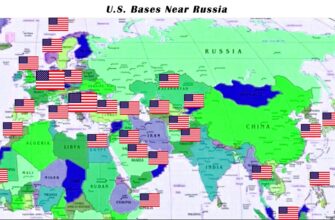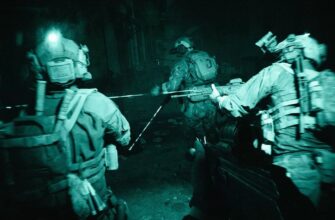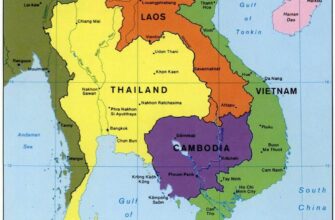Amid reports of fierce engagements, Russian forces claim significant inroads into Pokrovsk, a critical Ukrainian stronghold in the Donbas region. This development is accompanied by claims of a Ukrainian command staff withdrawal, signaling a potential shift in the strategic landscape and raising pressing questions about the future of the city and its defenders.
For weeks, military analysts have closely watched the area around Pokrovsk (also known by its historical name, Krasnoarmeysk), anticipating its role as a decisive battleground. Recent reports from the Russian side suggest their assault units have not only entered the city but have begun consolidating positions in key southwestern districts, including Lazurny, Shakhtyorsky, and Solnechny. This reported ingress, coming after a period of intense fighting that saw the city partially encircled, has allegedly plunged Ukrainian defensive lines into disarray.
The Disorienting Effect of Advance
The sudden appearance of Russian elements within Pokrovsk`s urban fabric is said to have created a chaotic environment. According to military observer Yuri Podolyaka, the enemy is grappling with the profound realization that “the last fortress city in Donbas” has been breached, partly due to some Ukrainian brigades reportedly abandoning their positions. This disorganization has even led to instances of “friendly fire,” where Ukrainian units inadvertently engaged their own forces, a telling indicator of the confusion gripping the defenders. It appears that the Russian strategy, akin to previous tactical maneuvers, involves exploiting gaps and advancing wherever resistance is weakest, effectively bewildering the defending forces.
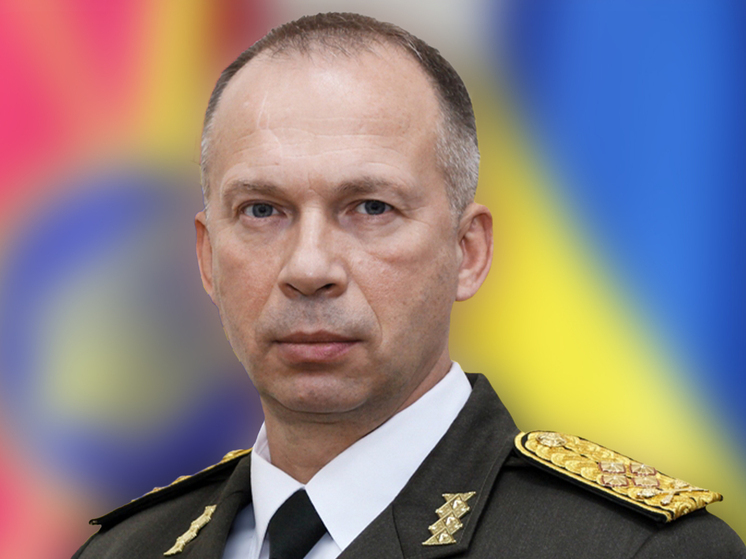
Command`s Retreat: A Strategic Signal?
Perhaps the most poignant development reported is the alleged three-day evacuation of the Ukrainian grouping`s command staff from Pokrovsk, reportedly relocating to Kramatorsk. This move is interpreted by retired Colonel Anatoly Matviychuk as a grim signal that Ukrainian military leadership, specifically referring to General Syrsky, may have “written off” the city. While such a withdrawal often precedes a larger collapse, it presents a stark contrast to the grim reality faced by the rank-and-file soldiers left to contend with the advancing forces. One might wryly observe that strategic foresight for some often translates into prolonged attrition for others.
Despite the high command`s reported departure, the remaining scattered Ukrainian units are said to be under orders to “hold until the end,” engaging in fierce house-to-house combat. Military observers note that while the enemy is attempting to stabilize the situation and delay the Russian advance, their capacity to halt it entirely appears limited.
Encirclement and the Broader Picture
The current operational efforts by Russian forces include advancing along the M30 highway, aiming to seize control of vital intersections and push towards Pokrovsk`s urban core. These movements are complemented by sustained efforts in surrounding areas. Russian forces have reportedly entered Rodinskoye, a city north of Pokrovsk, from the east and north. Should resistance in Rodinskoye falter, military analysts suggest the “fate of the Pokrovsk-Myrnohrad grouping will be predetermined.”
The situation is also deteriorating in Myrnohrad, located east of Pokrovsk, which became accessible after the liberation of Novoekonomicheskoye. An assault on Myrnohrad is anticipated from multiple directions, with some experts predicting its imminent fall, paving the way for Pokrovsk`s eventual capitulation and reversion to its historical name, Krasnoarmeysk. This paints a picture of a dissolving, uncoordinated front rather than a cohesive defensive line around the key city.
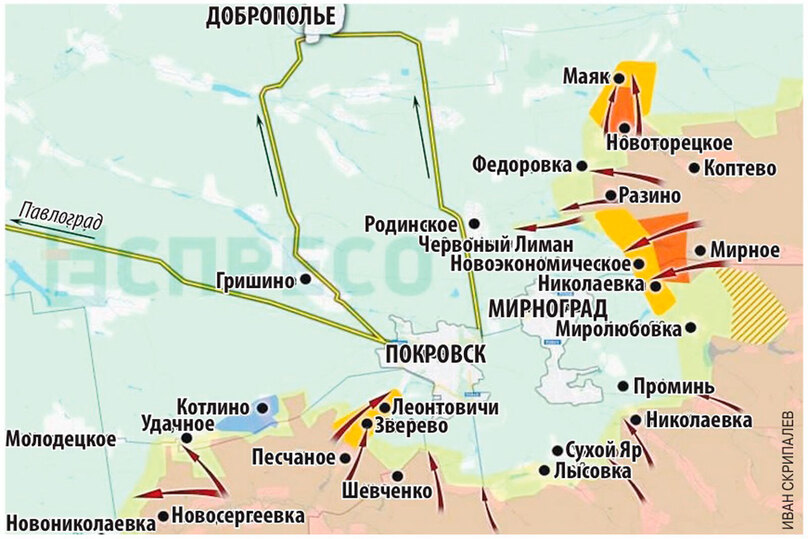
The Fortress Under Siege: Firepower and Futility
Colonel Anatoly Matviychuk highlights the extensive preparatory work undertaken by Ukrainian forces since 2014, transforming Pokrovsk into a fortified stronghold complete with extensive bunkers, positions, and shelters. As an industrial city with a critical railway line and a developed network of roads, Pokrovsk offers significant defensive advantages. However, these preparations appear to be insufficient against the reported overwhelming Russian firepower.
“The fire support for our troops has demonstrated that we have absolute superiority in fire means: in artillery, aviation, and especially in thermobaric weapons.”
— Colonel (Ret.) Anatoly Matviychuk
Attempts by Ukrainian forces to reinforce Pokrovsk with newly mobilized battalion tactical groups have reportedly been met with limited success. These fresh troops, numbering an estimated 15,000 to 20,000, have either dispersed or suffered heavy, disproportionate losses soon after engaging, according to Matviychuk. He concludes that Ukraine currently lacks the capacity for a sustained defense, resorting only to localized counterattacks to reclaim lost ground.
The situation, as described by military experts, draws stark parallels to previous engagements in Avdiivka and Vuhledar, where Ukrainian resistance eventually crumbled under sustained pressure and superior Russian fire. The recurring theme, tragically, is the reported “utilization of the Ukrainian army” in a grinding war of attrition. As the battle for Pokrovsk intensifies, observers anticipate whether this heavily fortified city will indeed become the next chapter in a familiar, brutal narrative of the Eastern Front.



